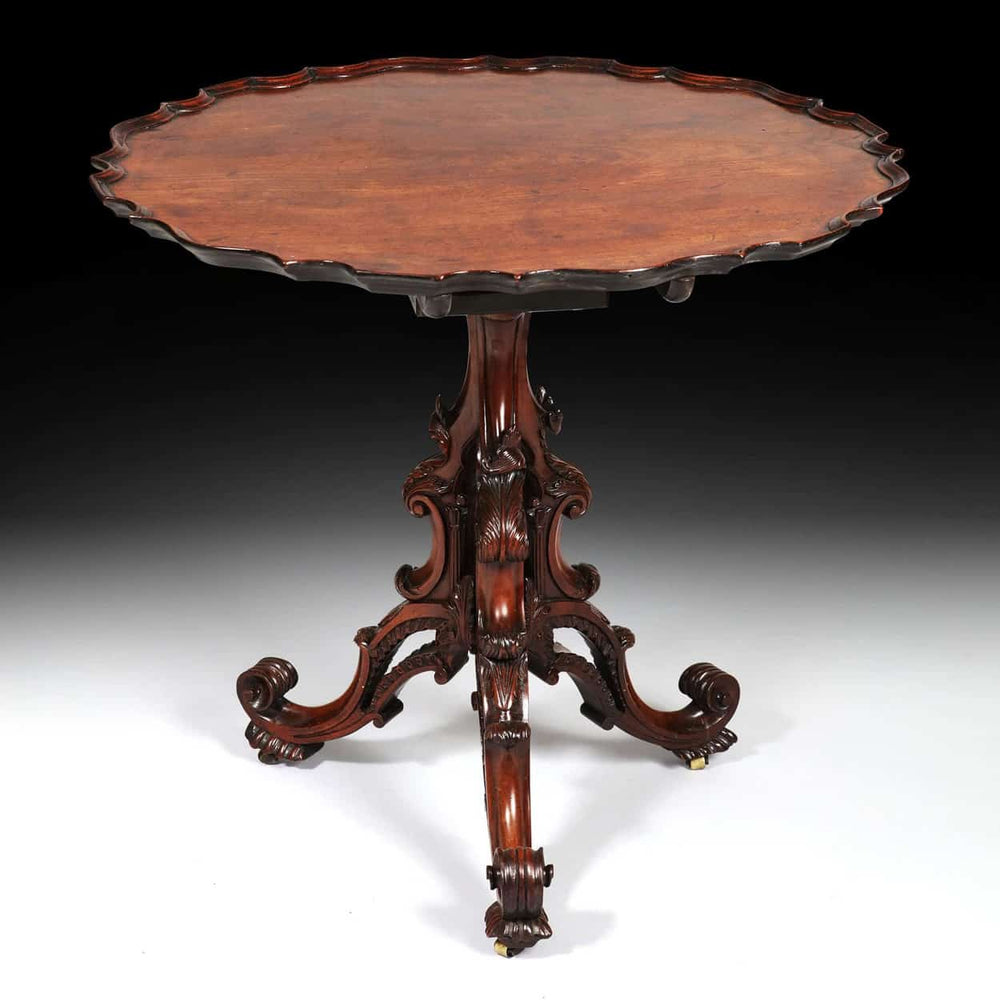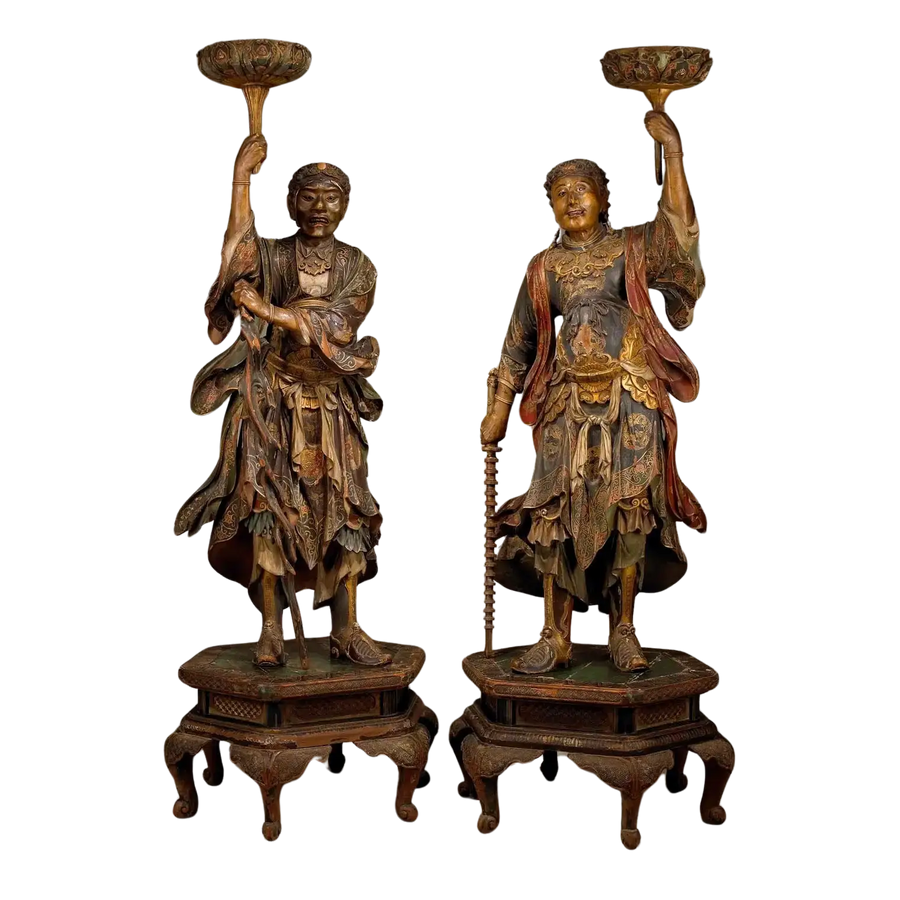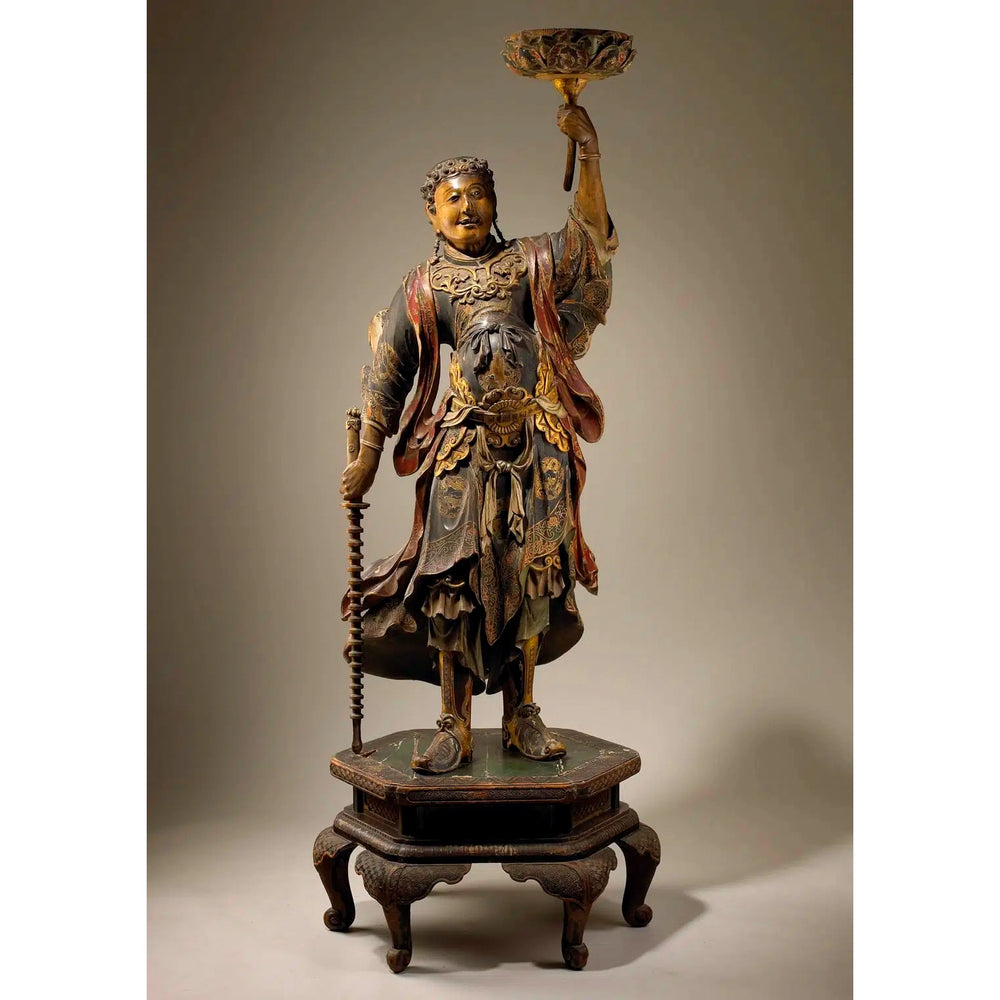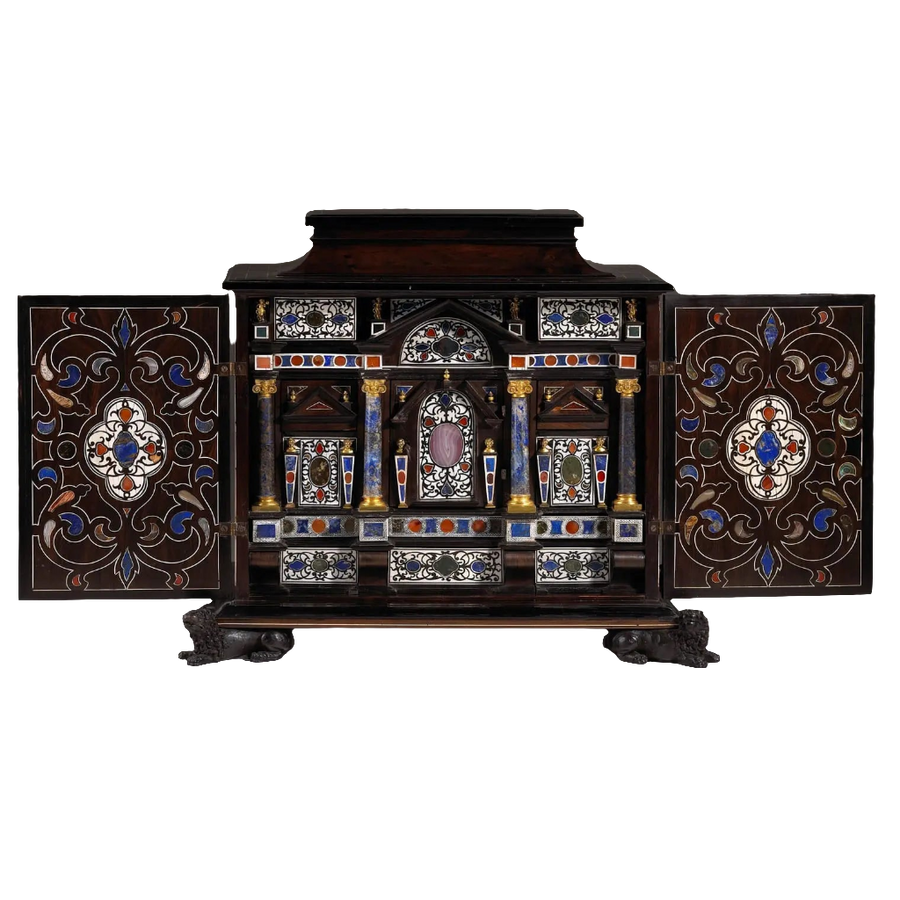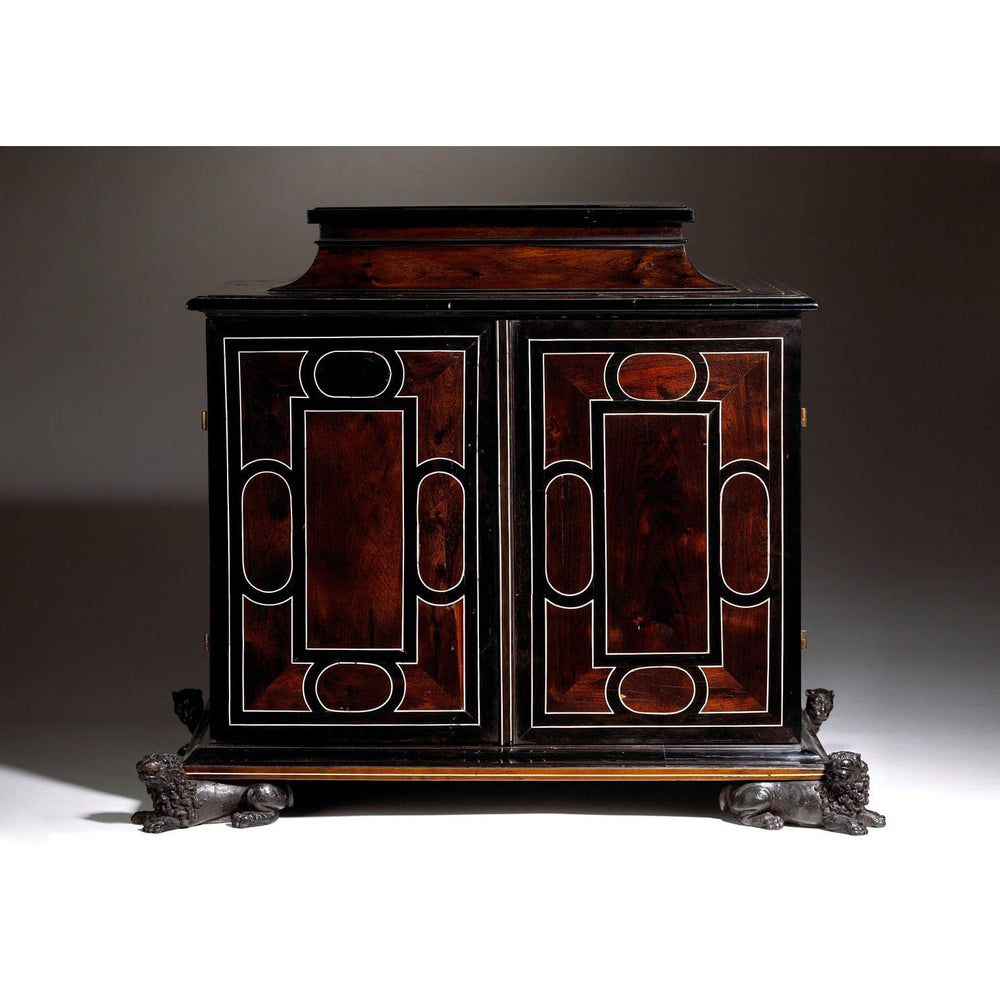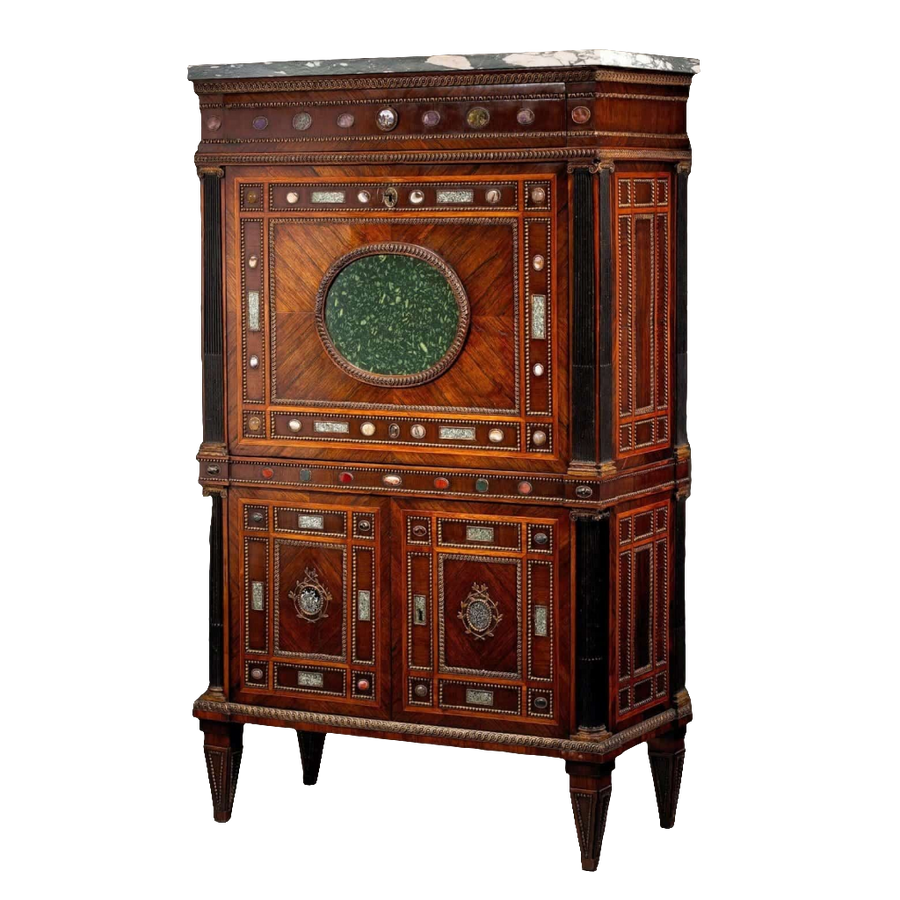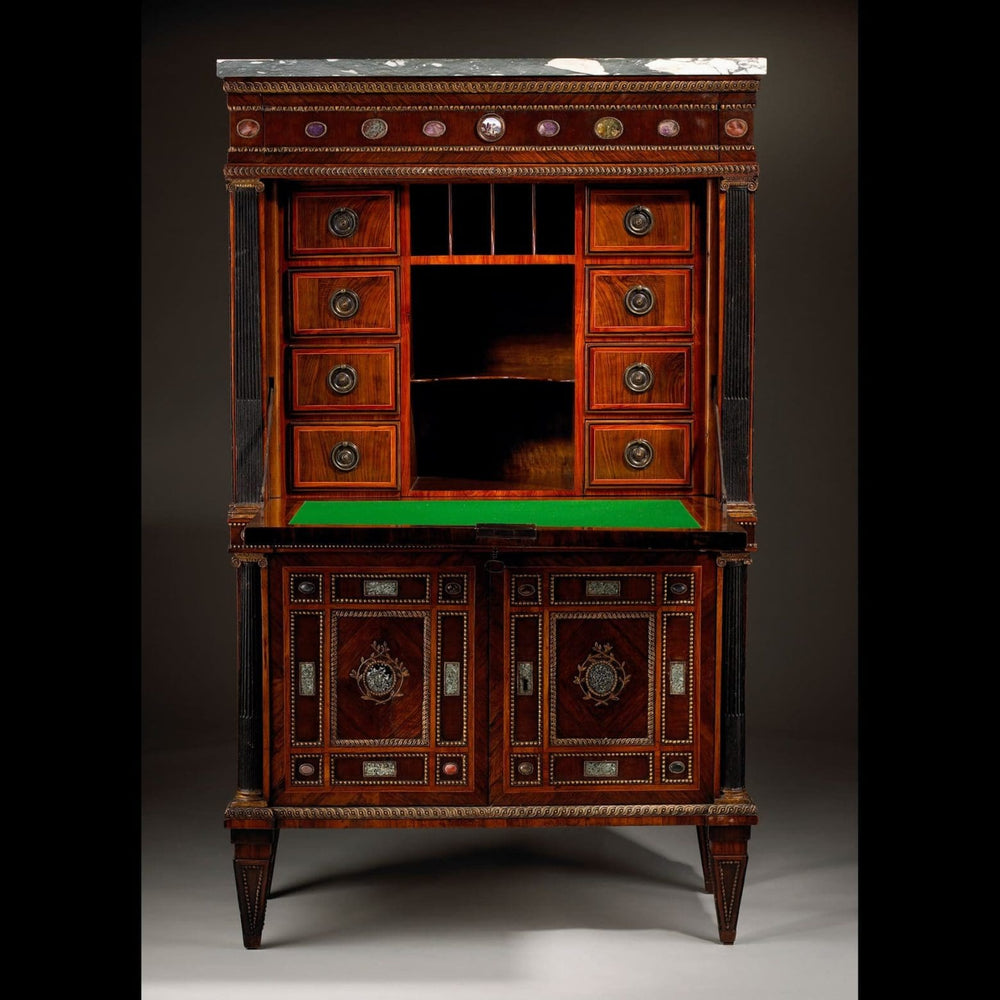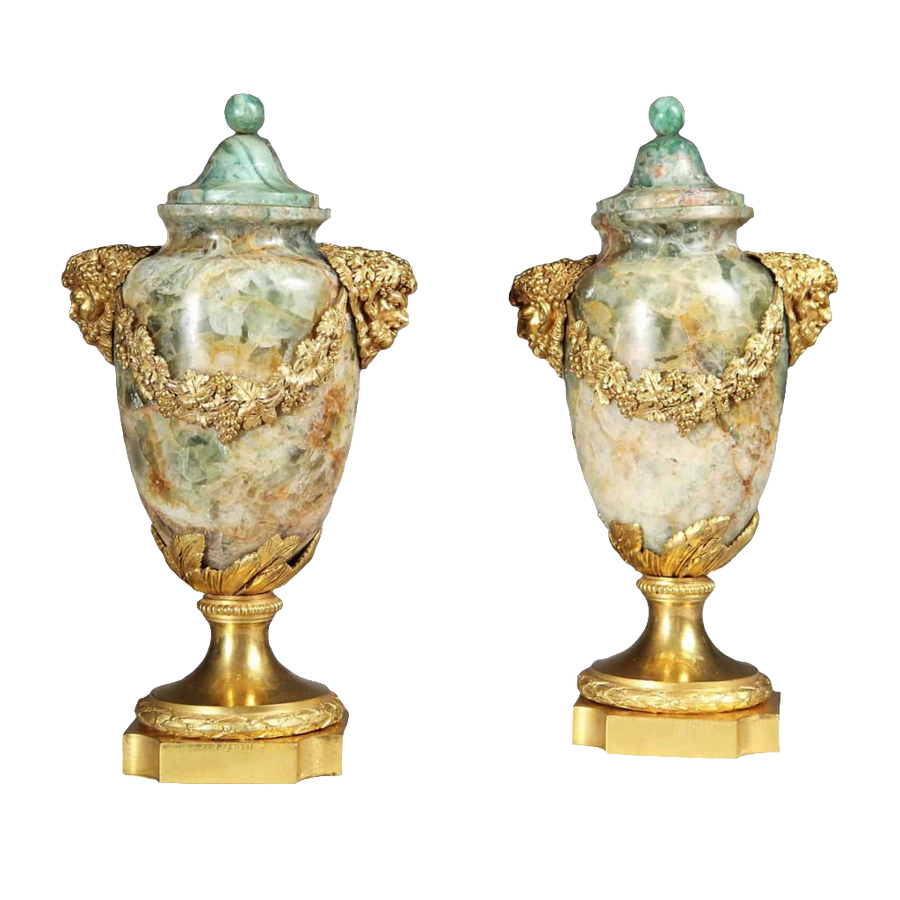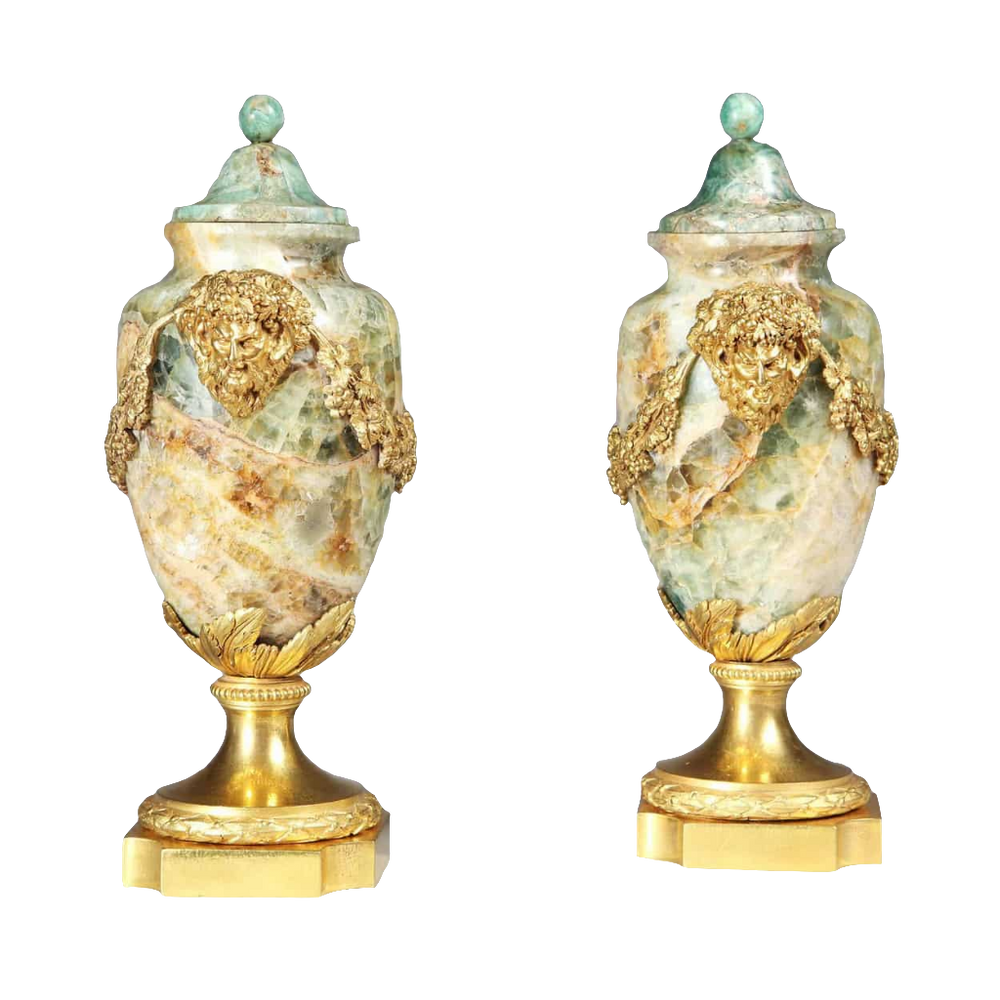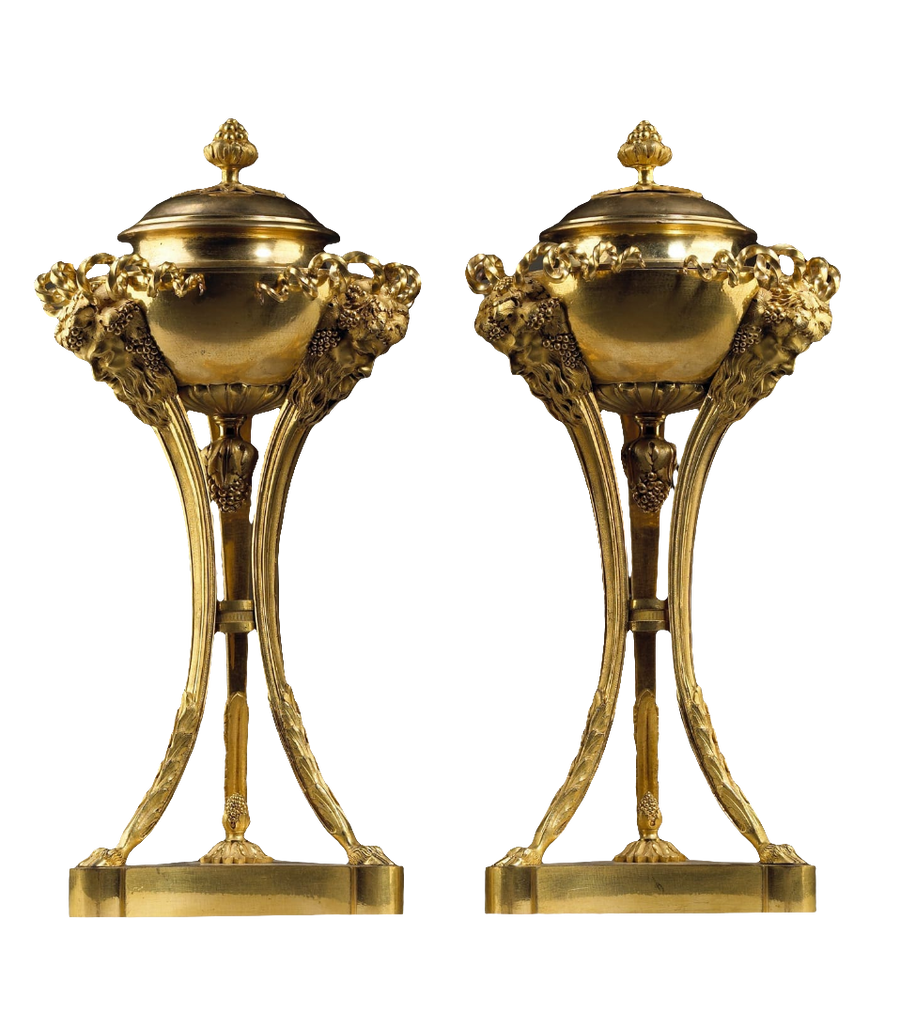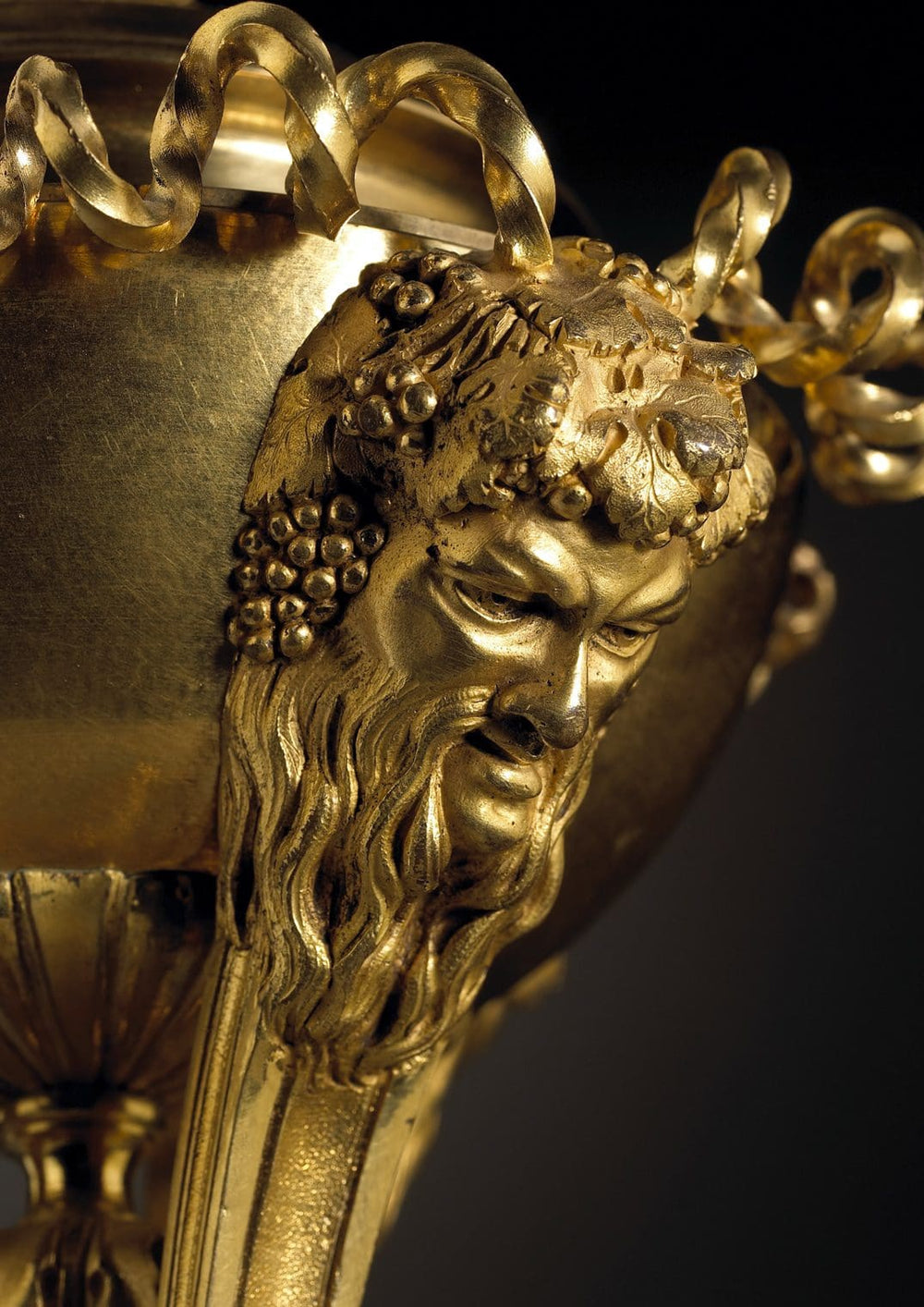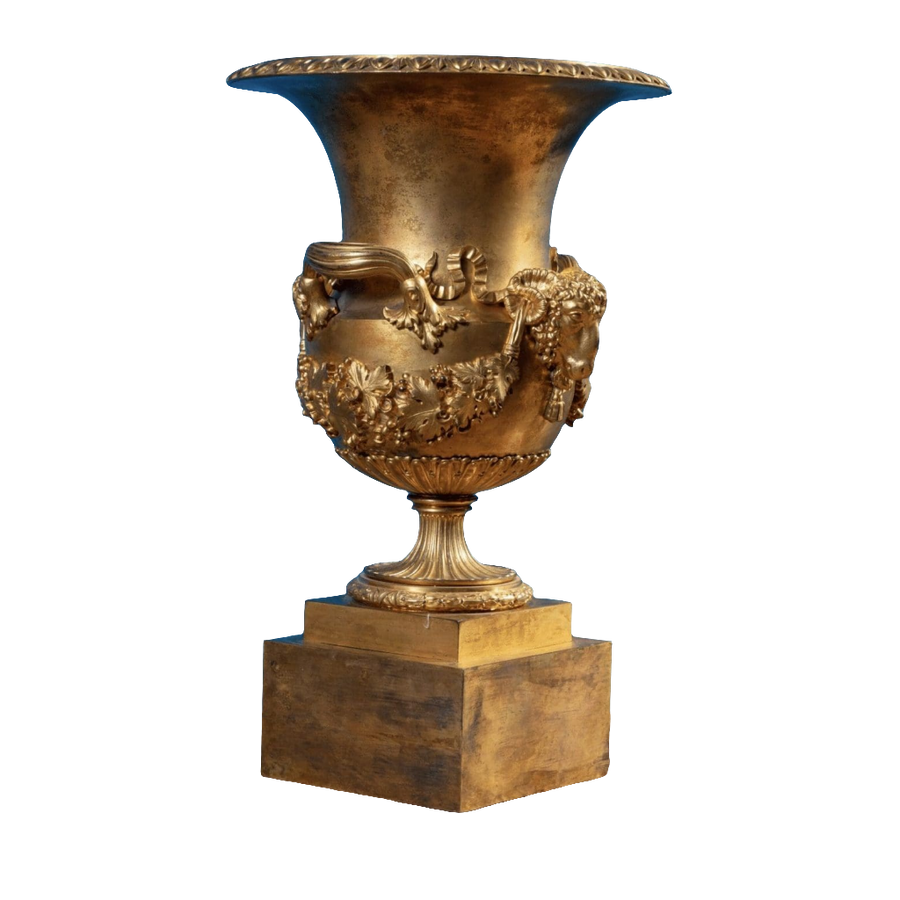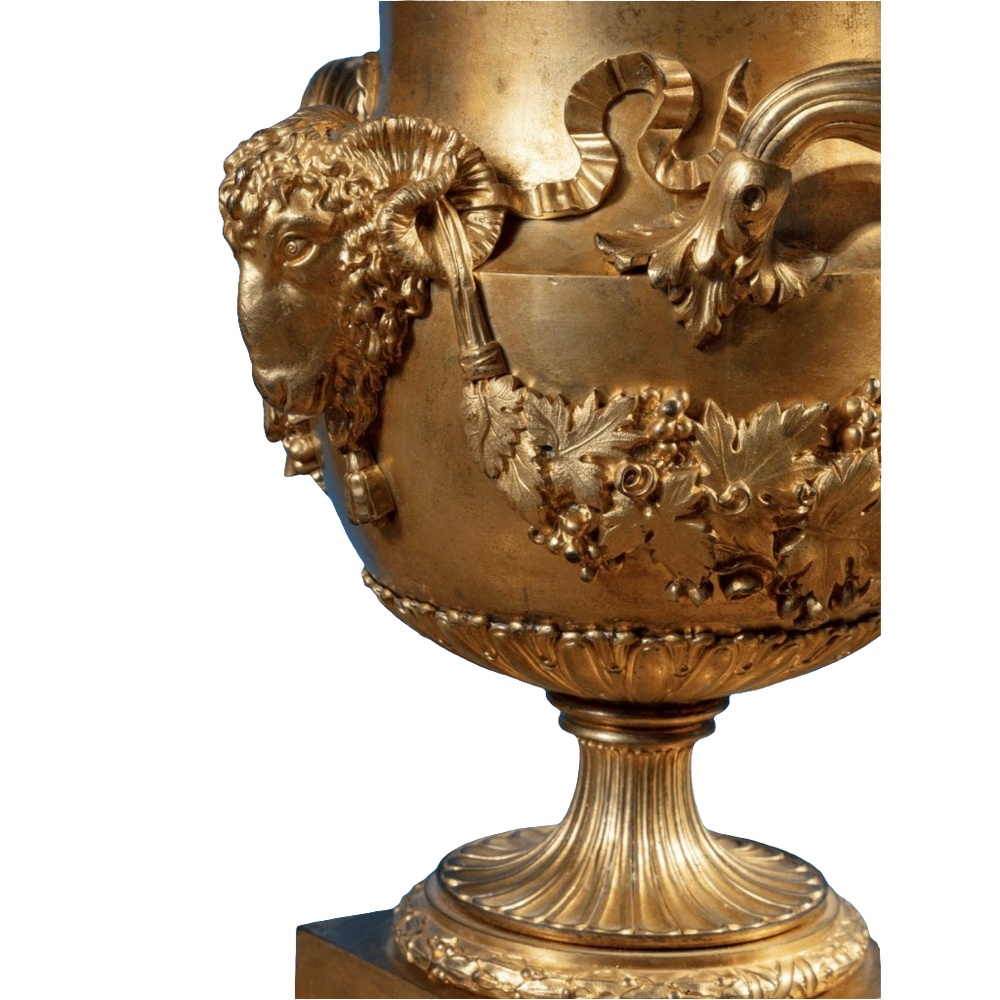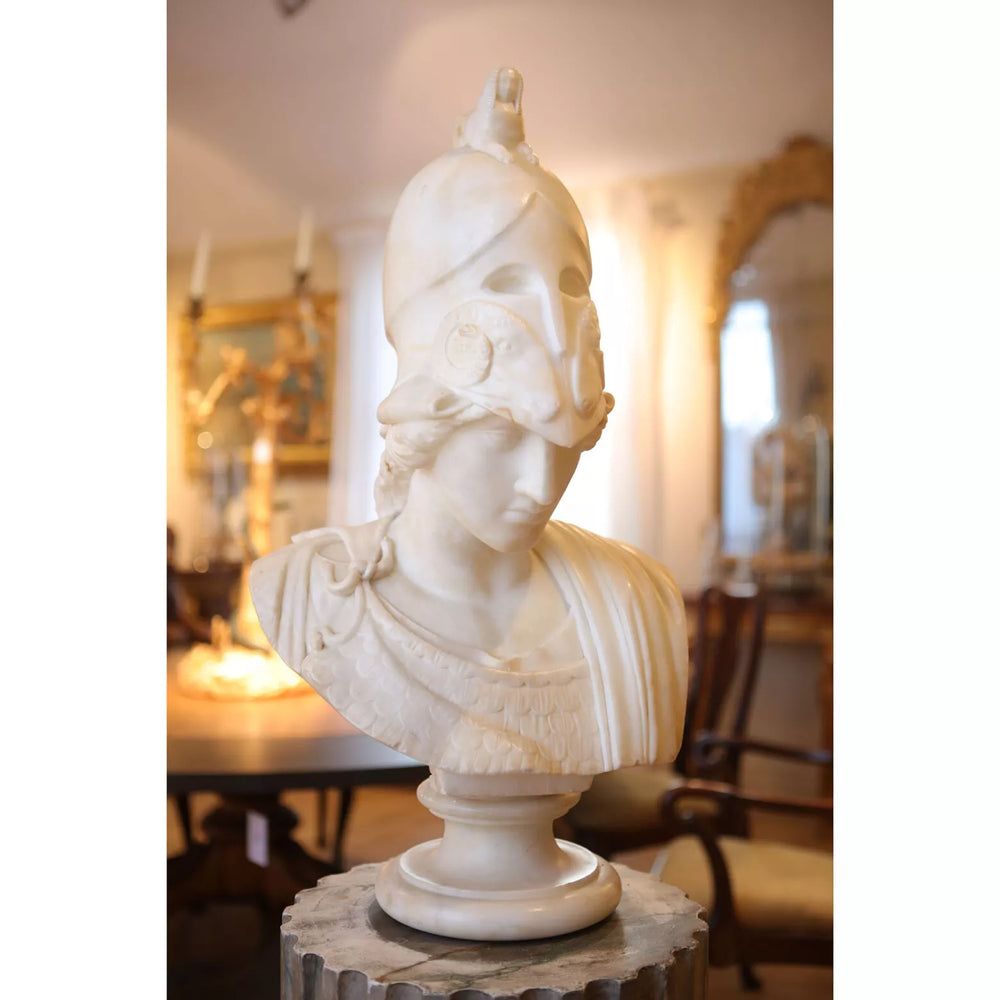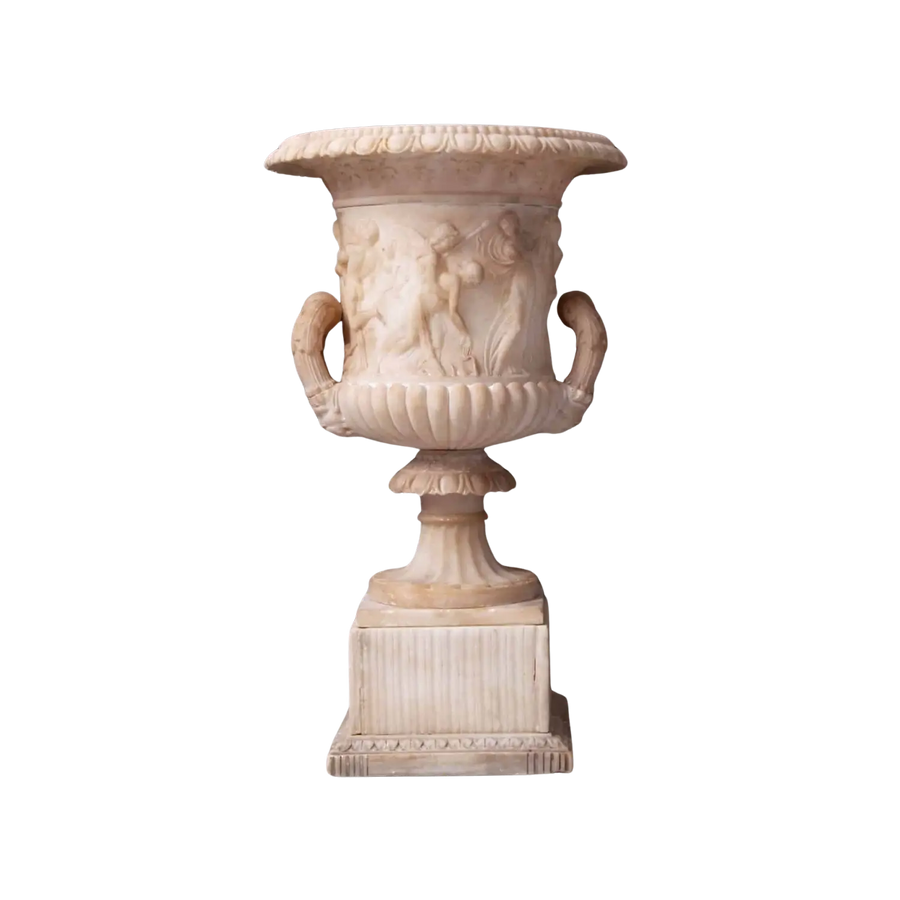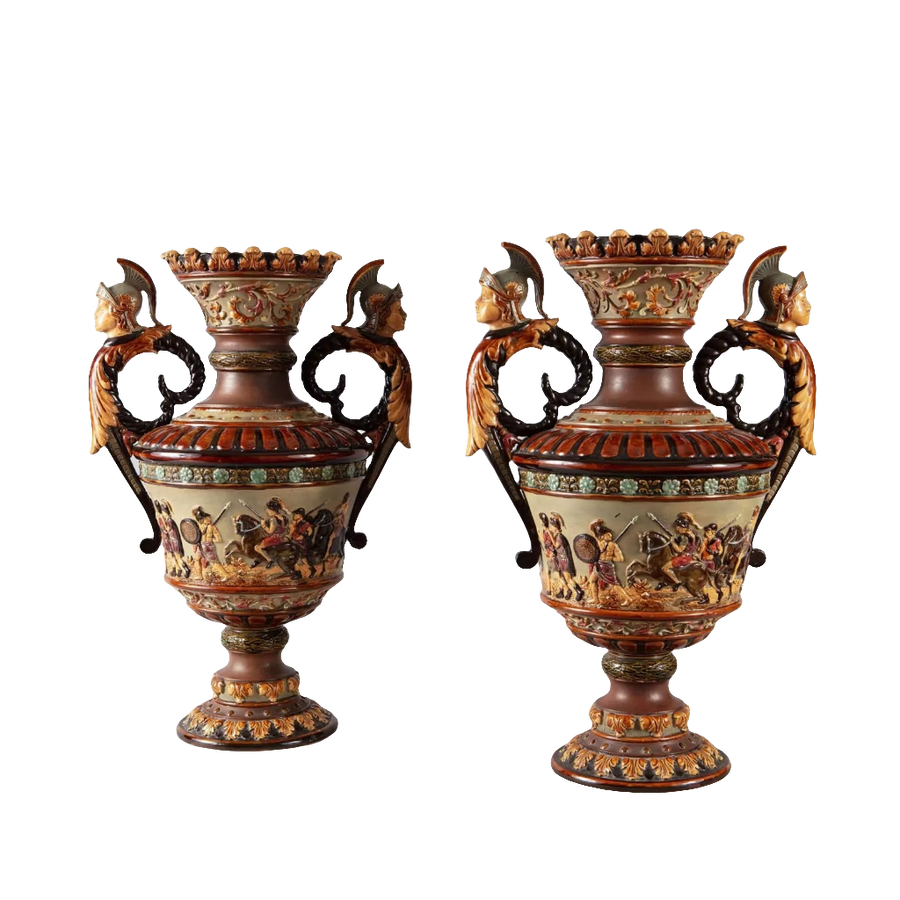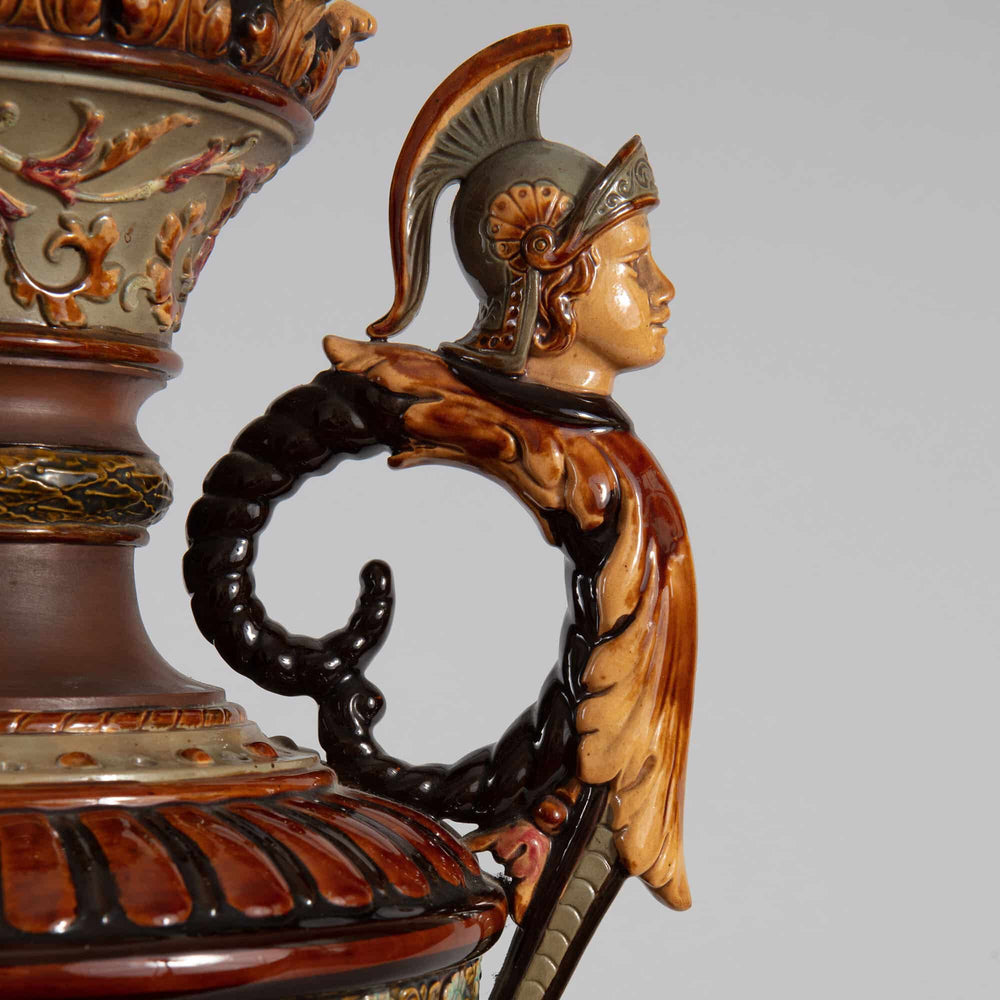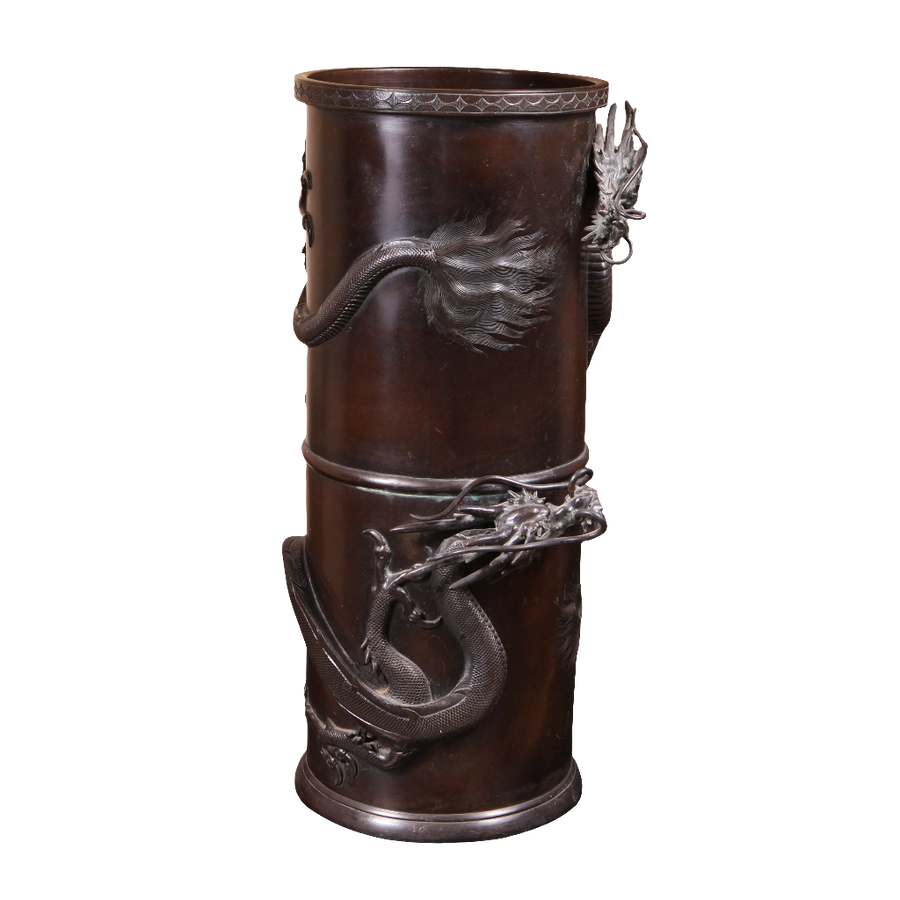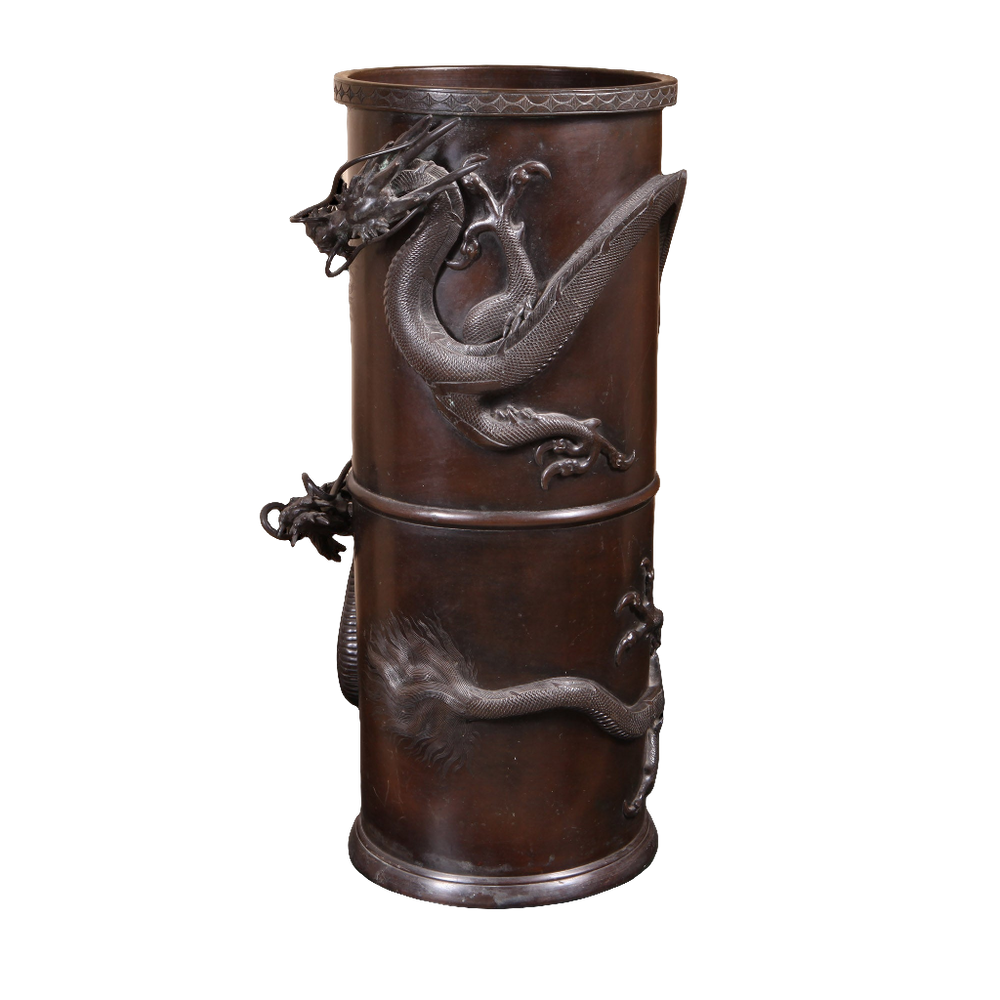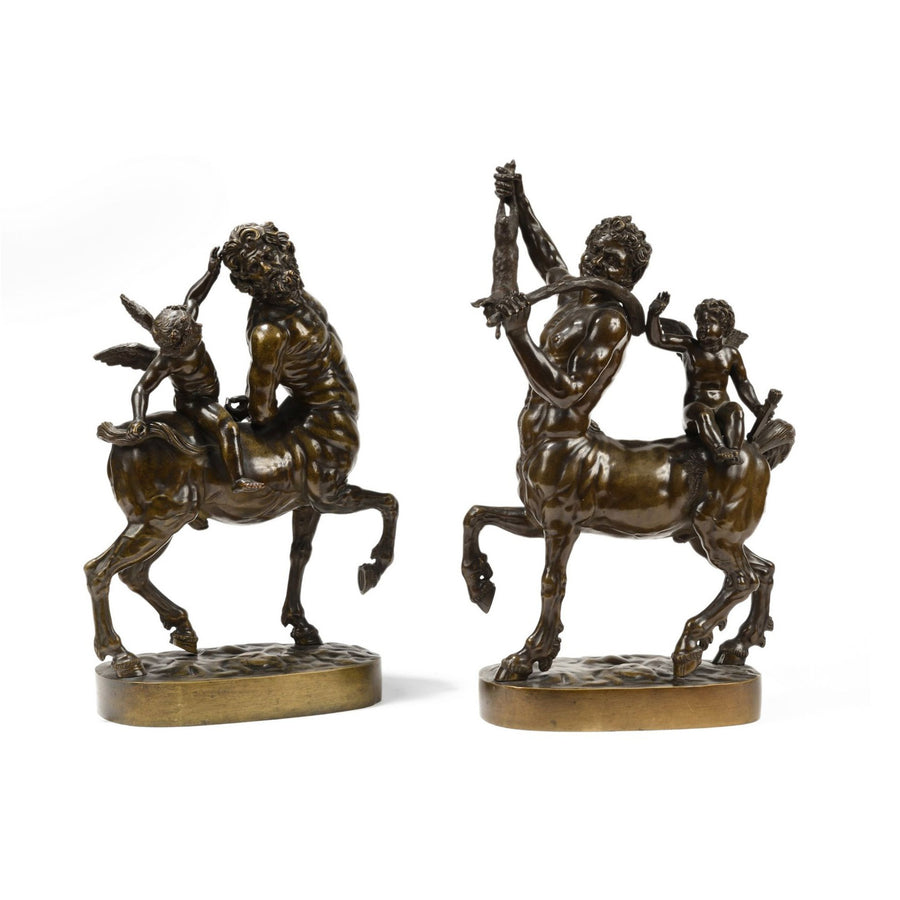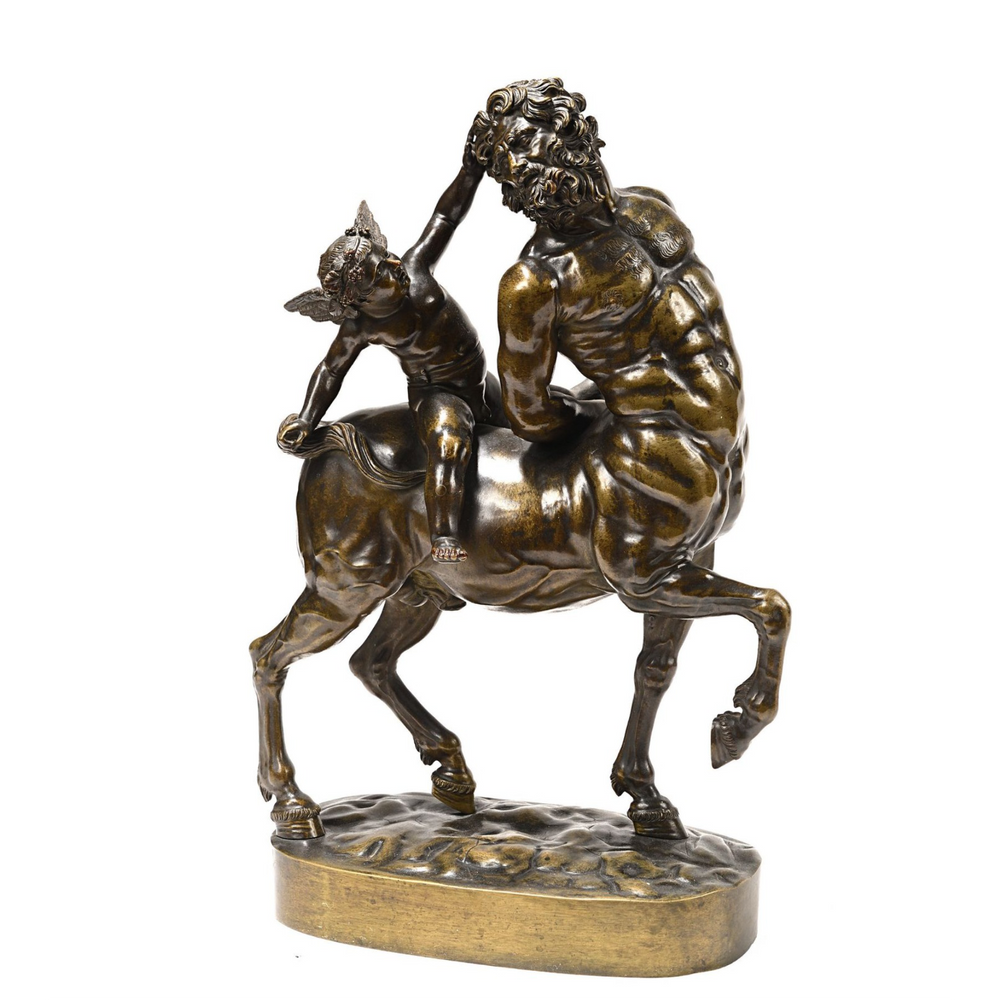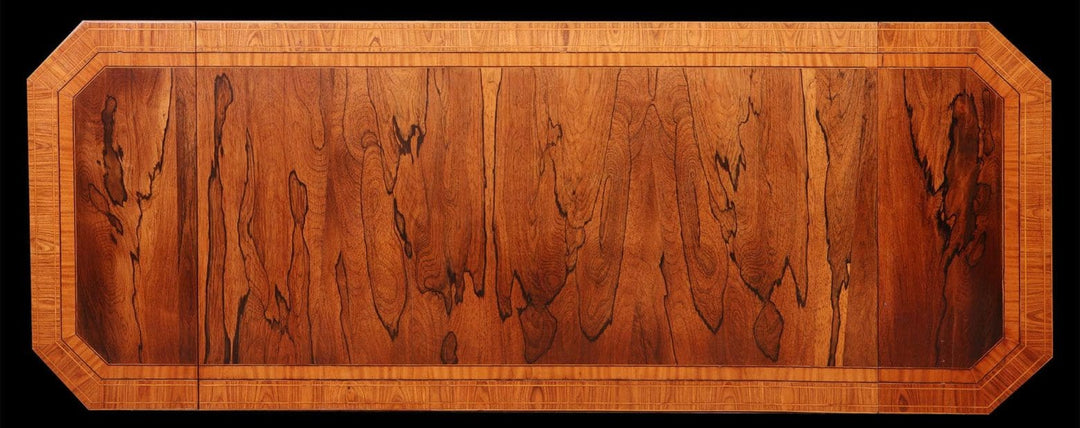
The grotesque has long occupied a liminal space in the decorative arts—hovering between the sacred and the profane, the ornamental and the allegorical. Across centuries, it has served as a visual language for expressing cultural anxieties, spiritual allegories, and imaginative flights of fancy. From medieval cathedrals to Renaissance frescoes and 19th-century revivalist interiors, grotesque ornamentation has evolved from moral warning to aesthetic delight.
🕯️ Medieval Origins: Guardians of the Sacred
In medieval Europe, grotesque imagery flourished in ecclesiastical architecture, particularly in Gothic cathedrals. Carved gargoyles, chimeras, and hell-mouths leered from façades and corbels—not merely as water spouts or decorative flourishes, but as symbolic sentinels.
- Function & Symbolism: These figures embodied moral instruction and spiritual protection. As noted in recent scholarship, grotesques were “visual sermons” for largely illiterate congregations, warning of sin and damnation.
- Stylistic Traits: Medieval grotesques were often exaggerated, distorted, and hybrid—combining human, animal, and botanical forms. Their unpredictability and asymmetry contrasted with the ordered geometry of sacred architecture, reinforcing the dichotomy between chaos and divine order.
🏛️ Renaissance Rediscovery: Grotteschi and the Classical Imagination
The Renaissance ushered in a new chapter for the grotesque, rooted in archaeological discovery and humanist aesthetics. The term grotesque itself derives from the Italian grotteschi, referencing the grotto-like ruins of Nero’s Domus Aurea, where fantastical frescoes were unearthed around 1500.
- Design Vocabulary: Artists like Giovanni da Udine, working under Raphael, revived these motifs in the Vatican Loggias—interweaving arabesques, masks, sphinxes, and hybrid creatures with scrolling foliage and architectural frameworks.
- Symbolic Play: Renaissance grotesques were less moralistic than their medieval predecessors. They celebrated metamorphosis, ambiguity, and artistic wit. As Vitruvius lamented, “monsters are now painted in frescoes rather than reliable images of definite things”—a critique that underscores their imaginative departure from classical norms.
- Applications: Grotesque ornamentation adorned frescoes, stuccowork, maiolica, marquetry, and textiles. It became a hallmark of elite interiors, notably in the Buontalenti Grotto at the Boboli Gardens and the Park of the Monsters at Bomarzo.
🎭 19th-Century Revival: Romanticism, Symbolism, and the Macabre
By the 19th century, the grotesque re-emerged as a potent aesthetic in the wake of Romanticism and Symbolism. Artists and designers embraced its psychological depth, surreal distortion, and allegorical richness.
- Symbolist Interpretations: Painters like Gustave Moreau, Odilon Redon, and Arnold Böcklin infused grotesque imagery with existential and mystical themes—death, decay, eroticism, and the uncanny.
- Decorative Arts: The grotesque found renewed expression in ceramics, furniture, and architectural ornament. In England, the Gothic Revival incorporated grotesque carvings into collegiate and ecclesiastical buildings, notably by George Gilbert Scott and Gutzon Borglum.
- Cultural Meaning: The grotesque became a mirror for modern anxieties—industrial alienation, spiritual crisis, and the collapse of Enlightenment rationalism. As one scholar notes, “it is more like a chuckle than a laugh… an architectural joke shared by the artist and the building itself”.
🌿 Botanical Hybridity and Symbolic Flourishes
Throughout its evolution, the grotesque has often incorporated botanical motifs—trailing vines, acanthus scrolls, thistles, and husks—blurring the line between natural and supernatural.
- In medieval contexts, these elements symbolised regeneration and divine creation.
- In Renaissance ornament, they served as scaffolds for metamorphic play.
- In 19th-century Symbolism, they became emblems of psychological growth, decay, and transformation.
🏺 Legacy and Collecting Today
At Nicholas Wells Antiques, grotesque ornamentation offers a compelling lens into the cultural imagination of past centuries. Whether in carved oak panels, grotesque masks in silver, or fantastical ceramic vessels, these objects invite reflection on the interplay between beauty, distortion, and meaning.
They are not solely decorative—they are provocations, puzzles, and poetic fragments of a world where art dared to be strange.





